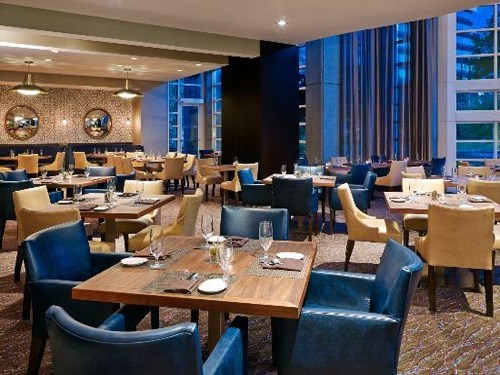1. Traditional Filipino Kitchen Design
The traditional Filipino kitchen design is a reflection of the country's rich cultural heritage and history. It incorporates elements from various indigenous cultures, as well as influences from Spanish, Chinese, and American colonization. The bahay kubo, or traditional Filipino house, serves as the main inspiration for this type of kitchen design. It embodies simplicity, functionality, and sustainability, which are all essential values in the Filipino way of life.
2. Native-inspired Kitchen Ideas
For those who want to bring the beauty of nature into their homes, native-inspired kitchen ideas are the perfect choice. These designs make use of natural materials such as wood, bamboo, and stone to create a warm and inviting space. The kamagong or ebony wood is a popular choice for kitchen cabinets, while bamboo is often used for flooring and accents. These materials not only add a natural touch to the kitchen but also promote sustainability and environmental consciousness.
3. Philippine Provincial Kitchen Design
The provincial kitchen design in the Philippines takes inspiration from the country's diverse regional cultures. Each region has its own unique style of cooking and food, which is reflected in the design of their kitchens. For example, kitchens in the northern part of the country often incorporate elements of the Ilocano culture, such as burnay jars and clay pots, while those in the southern part may have a more Muslim influence with colorful okir designs and intricately carved wooden furniture.
4. Indigenous Kitchen Design in the Philippines
The indigenous kitchen design in the Philippines is a celebration of the country's indigenous communities and their way of life. It incorporates traditional materials, techniques, and designs that have been passed down for generations. For instance, the palayok, or clay pot, is still widely used for cooking in many indigenous communities. The kitchen design also often features woven baskets, banig mats, and other handcrafted items made by indigenous artisans.
5. Filipino-inspired Kitchen Design
For those who want a more modern take on traditional Filipino design, the Filipino-inspired kitchen is the perfect choice. It combines traditional elements with contemporary design elements to create a unique and stylish space. For example, a modern kitchen may have sleek and minimalist cabinets made of native wood, paired with a traditional banig rug as a statement piece. This type of design also often incorporates bright colors and patterns to add a playful touch to the space.
6. Rustic Kitchen Design in the Philippines
The rustic kitchen design in the Philippines is all about embracing the beauty of imperfection. It makes use of natural, weathered materials such as reclaimed wood, stone, and distressed metal to create a warm and inviting space. This type of design also often incorporates vintage or antique pieces, such as old wooden tables and chairs, to add character and charm to the kitchen.
7. Ethnic Kitchen Design Ideas
Incorporating elements from different ethnic cultures is a popular trend in kitchen design in the Philippines. This allows for a unique and eclectic space that reflects the country's diverse cultural landscape. For instance, a kitchen may have a mix of Filipino, Spanish, and Chinese elements, such as a kapok wood dining table, Spanish-style tiles, and Chinese-inspired lanterns. This type of design is perfect for those who want to add a touch of their heritage to their home.
8. Native Materials for Kitchen Design
Native materials are at the heart of many Filipino kitchen designs. These materials not only add a natural and rustic touch to the space but also promote sustainability and support local artisans. Some popular native materials used in kitchen design include bamboo, rattan, wood, and natural stone. These materials are not only durable and easy to maintain, but also add a unique and authentic touch to the kitchen.
9. Modern Filipino Kitchen Design
The modern Filipino kitchen design is all about sleek and functional spaces that still incorporate traditional elements. It often features clean lines, modern appliances, and a neutral color palette, with pops of color from traditional accents and decor. This type of design is perfect for those who want a more contemporary and streamlined look while still honoring their Filipino heritage.
10. Tropical Kitchen Design in the Philippines
With the country's warm and tropical climate, it's no surprise that many kitchens in the Philippines have a tropical design. This type of design is characterized by bright and airy spaces, with plenty of natural light and greenery. It often incorporates elements such as large windows, open shelving, and indoor plants to create a refreshing and relaxing atmosphere. A tropical kitchen design is perfect for those who want to bring a touch of the outdoors into their homes.
The Timeless Beauty of Native Kitchen Design in the Philippines

Embracing Tradition and Culture in Modern Home Design
 When it comes to home design, the Philippines is a country that takes pride in its rich cultural heritage. From traditional bahay kubo to modern high-rise condominiums, Filipino homes continue to reflect a unique blend of indigenous and foreign influences. And one aspect of Filipino home design that truly stands out is the native kitchen.
The native kitchen, also known as the "dirty kitchen," is an outdoor cooking area typically found in rural or provincial areas. It is usually built using traditional materials such as bamboo, wood, and thatch, and is designed to be functional and practical for cooking meals. However, in recent years, the native kitchen has become a popular design element in modern Filipino homes, adding a touch of tradition and culture to the overall design.
Native kitchen design is all about embracing tradition and culture in modern home design.
It is a way to pay homage to our ancestors and preserve our cultural heritage while also incorporating modern elements for a more functional and efficient cooking space. The result is a kitchen that is not only visually appealing but also serves as a reminder of our roots.
One of the main advantages of a native kitchen is its sustainability. The use of natural materials not only adds a rustic charm to the space but also reduces the carbon footprint of the home. Bamboo, for instance, is a fast-growing plant and is highly renewable, making it an eco-friendly choice for construction. Additionally, the open-air design of the native kitchen allows for better air circulation, reducing the need for artificial ventilation and cooling systems.
Moreover,
native kitchen design also promotes a healthier way of cooking.
As the kitchen is located outside the main house, the smoke and heat from cooking are not trapped inside, making the air cleaner and cooler. This is especially beneficial for households with children or elderly family members who are more sensitive to indoor air pollution.
But perhaps the most significant advantage of a native kitchen is the sense of community it fosters. In rural areas, the native kitchen is not only a cooking space but also a place where family and friends gather to socialize and bond over meals. This communal aspect is something that has been lost in modern home designs, but with the incorporation of a native kitchen, families can reconnect with their cultural roots and strengthen their relationships.
In conclusion,
native kitchen design in the Philippines is more than just a trend, it is a celebration of our culture and a way to promote sustainable and healthy living.
As more and more people embrace this design element, we see a revival of traditional craftsmanship and a renewed appreciation for our cultural heritage. So whether you are building a new home or renovating an existing one, consider incorporating a native kitchen into your design and be a part of the movement to preserve our culture and traditions.
When it comes to home design, the Philippines is a country that takes pride in its rich cultural heritage. From traditional bahay kubo to modern high-rise condominiums, Filipino homes continue to reflect a unique blend of indigenous and foreign influences. And one aspect of Filipino home design that truly stands out is the native kitchen.
The native kitchen, also known as the "dirty kitchen," is an outdoor cooking area typically found in rural or provincial areas. It is usually built using traditional materials such as bamboo, wood, and thatch, and is designed to be functional and practical for cooking meals. However, in recent years, the native kitchen has become a popular design element in modern Filipino homes, adding a touch of tradition and culture to the overall design.
Native kitchen design is all about embracing tradition and culture in modern home design.
It is a way to pay homage to our ancestors and preserve our cultural heritage while also incorporating modern elements for a more functional and efficient cooking space. The result is a kitchen that is not only visually appealing but also serves as a reminder of our roots.
One of the main advantages of a native kitchen is its sustainability. The use of natural materials not only adds a rustic charm to the space but also reduces the carbon footprint of the home. Bamboo, for instance, is a fast-growing plant and is highly renewable, making it an eco-friendly choice for construction. Additionally, the open-air design of the native kitchen allows for better air circulation, reducing the need for artificial ventilation and cooling systems.
Moreover,
native kitchen design also promotes a healthier way of cooking.
As the kitchen is located outside the main house, the smoke and heat from cooking are not trapped inside, making the air cleaner and cooler. This is especially beneficial for households with children or elderly family members who are more sensitive to indoor air pollution.
But perhaps the most significant advantage of a native kitchen is the sense of community it fosters. In rural areas, the native kitchen is not only a cooking space but also a place where family and friends gather to socialize and bond over meals. This communal aspect is something that has been lost in modern home designs, but with the incorporation of a native kitchen, families can reconnect with their cultural roots and strengthen their relationships.
In conclusion,
native kitchen design in the Philippines is more than just a trend, it is a celebration of our culture and a way to promote sustainable and healthy living.
As more and more people embrace this design element, we see a revival of traditional craftsmanship and a renewed appreciation for our cultural heritage. So whether you are building a new home or renovating an existing one, consider incorporating a native kitchen into your design and be a part of the movement to preserve our culture and traditions.



















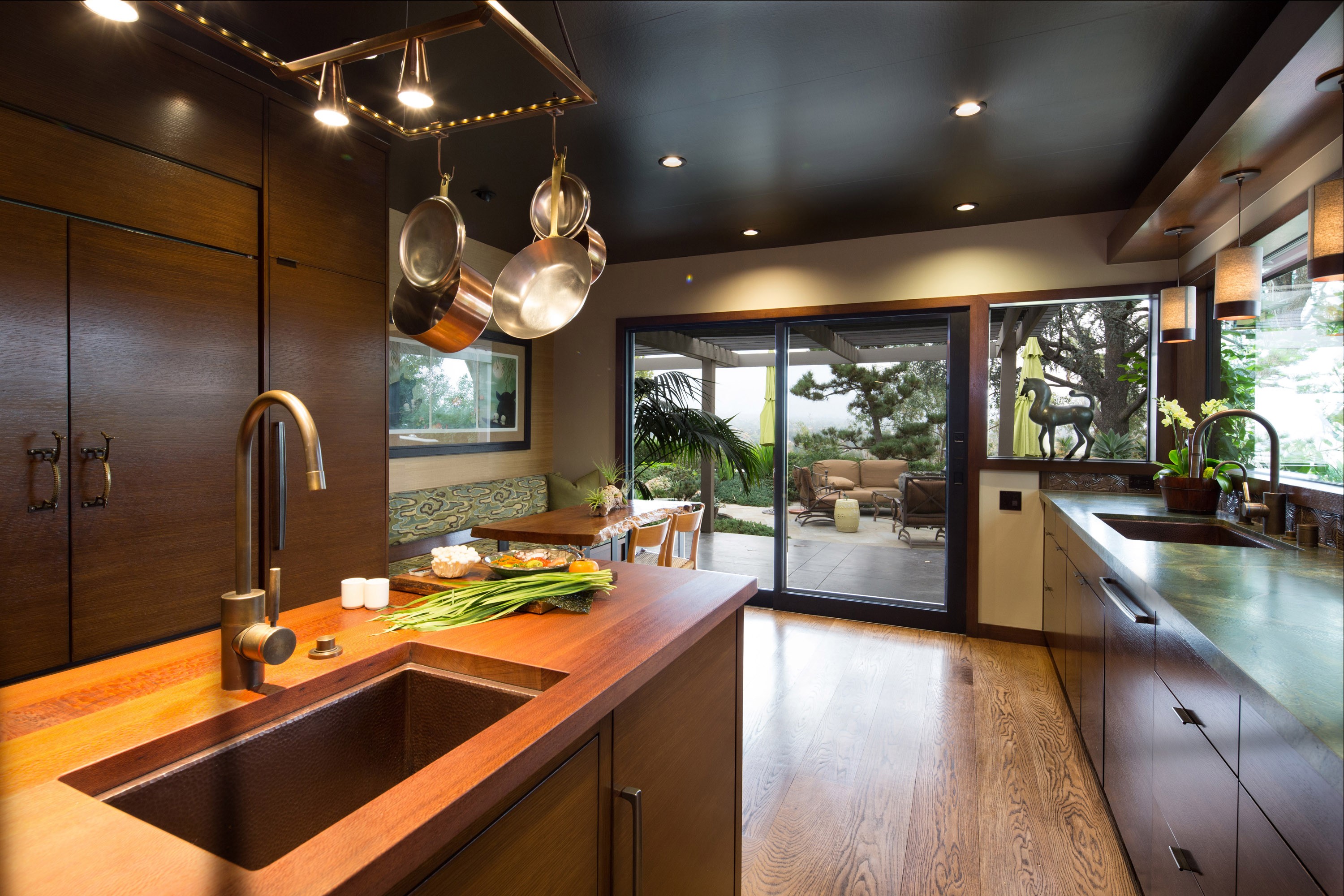
/DSC05210-61c933452d774ddabed79efa0b230fc3.jpg)




































:max_bytes(150000):strip_icc()/30RusticKitchenideasUKB-afa1d4cdfddf48d58e6270c157e9eecf.jpg)


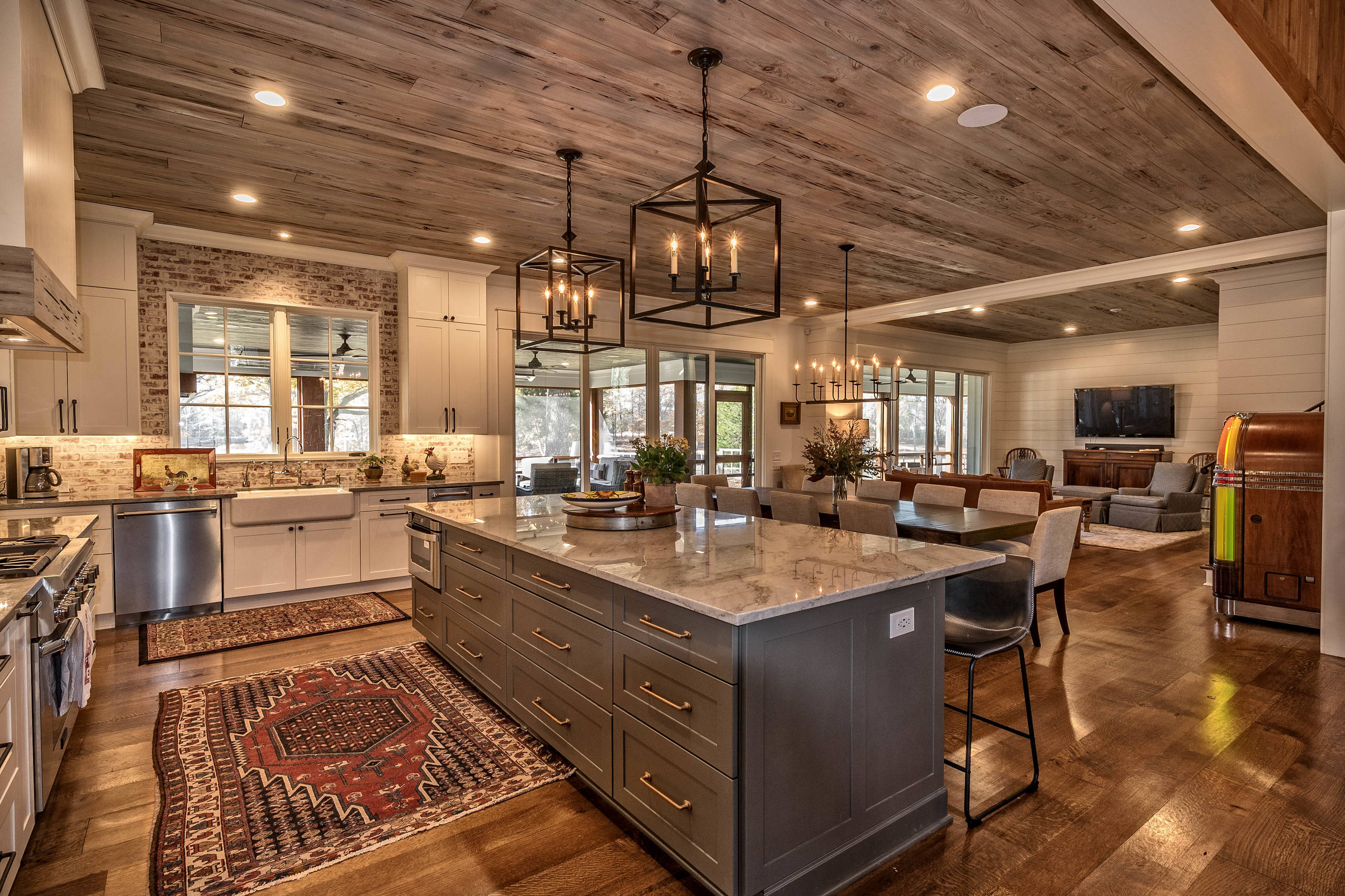














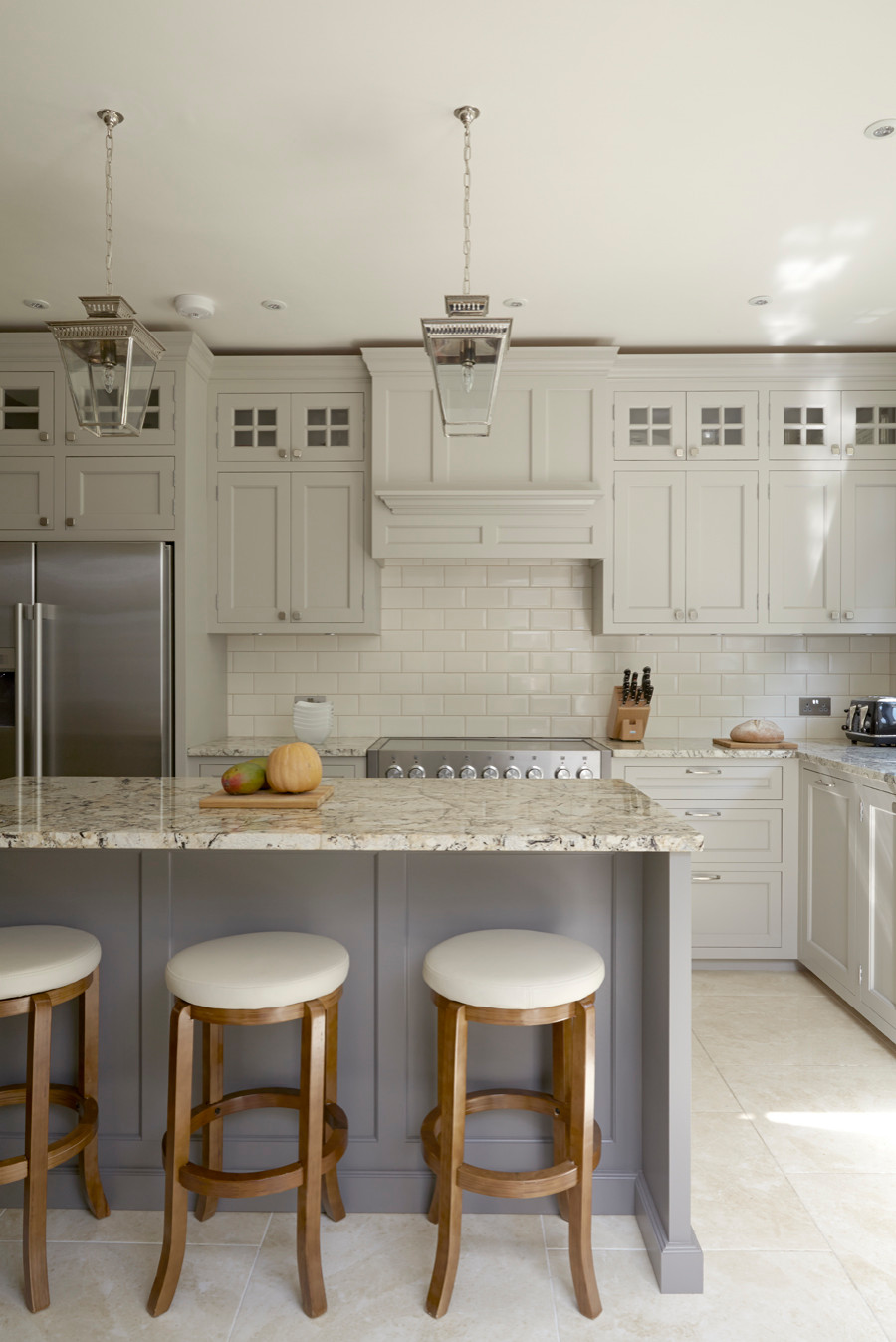




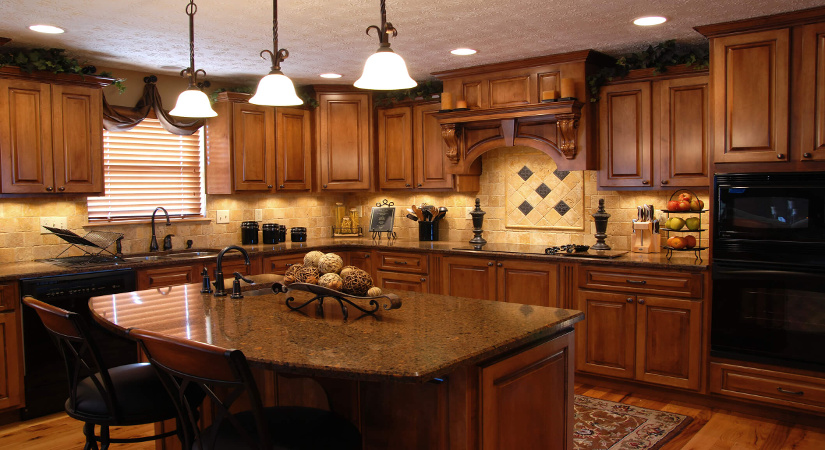


















:max_bytes(150000):strip_icc()/galley-kitchen-ideas-1822133-hero-3bda4fce74e544b8a251308e9079bf9b.jpg)
